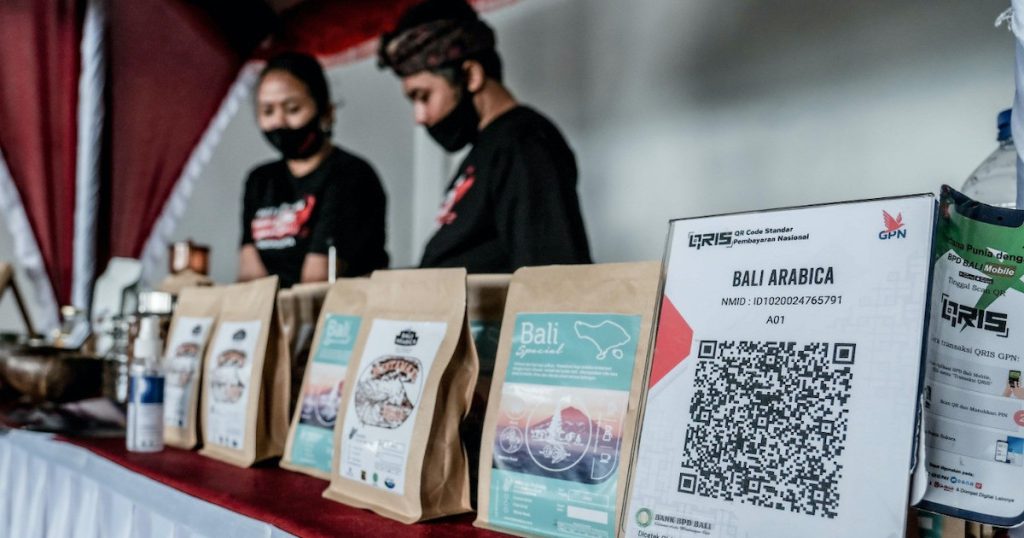Earlier this week, the Monetary Authority of Singapore (MAS) announced the commencement of work on a cross-border QR payment linkage between Indonesia and Singapore.
This initiative will allow QR codes from both countries to be scanned by consumers from either country, to facilitate payments. It is part of the ASEAN-wide payments connectivity effort, and is targeted to be launched in the second half of 2023.
Currently, Singapore’s QR codes have been standardised by the SGQR initiative, while a similar initiative known as QRIS (Quick Response Code Indonesian Standard) serves the same purpose in Indonesia.
According to MAS, there are “sizeable traveller flows between the two countries — 1.9 million arrivals in Indonesia from Singapore, and 3.1 million arrivals in Singapore from Indonesia”.
As such, the QR payment linkage is expected to empower SMEs to conduct cross-border trade, e-commerce, and financial activities more efficiently, as well as support tourism growth.
“The QRIS-NETS QR code payments connectivity is a milestone in ASEAN’s goal to establish regional payments integration by 2025 and support the vibrant cross-border trade corridors within the region,” said Ravi Menon, Managing Director of MAS.
The ASEAN-wide payments connectivity effort also includes Malaysia, Thailand, and the Philippines.
Thailand and Indonesia’s integrated QR code payment system is already fully integrated, and Singapore has enabled cross-border QR payments with Thailand since 2019, as an arrangement between Thailand’s Siam Commercial Bank and Singapore-based fintech startup Liquid Group.
Why are central banks aiming to achieve using these initiatives?
The current initiative between Indonesia and Singapore is a collaboration between Bank Indonesia and the MAS. The two central banks have also signed a Memorandum of Understanding to promote the use of local currencies in bilateral transactions such as trade and direct investments.
“This initiative links cross-border payment between two countries, and provides more options for users in cross-border payment transactions and serves as a key to improving transaction efficiency. Bank Indonesia believes that the initiatives mark a key milestone in strengthening bilateral financial cooperation between Singapore and Indonesia,” said Perry Warjiyo, Governor of Bank Indonesia.
While QR code integration would provide quality of life improvements for tourists and businesses in cross-border trade, ASEAN central banks are also hoping to wean the region off the US dollar.
The ASEAN-wide payments connectivity effort would allow for local currency settlements, bypassing the use of the USD as an intermediary currency.
According to Warjiyo, the initiative will also serve to “strengthen macroeconomic stability”.
Other initiatives for macroeconomic stability within the region include the ASEAN Swap Arrangement Initiative, established after the 1997 Asian Financial Crisis, which allows central banks to provide liquidity on a bilateral basis during times of financial difficulty.
Featured Image Credit: Tourism and Creative Economy Ministry of Indonesia










